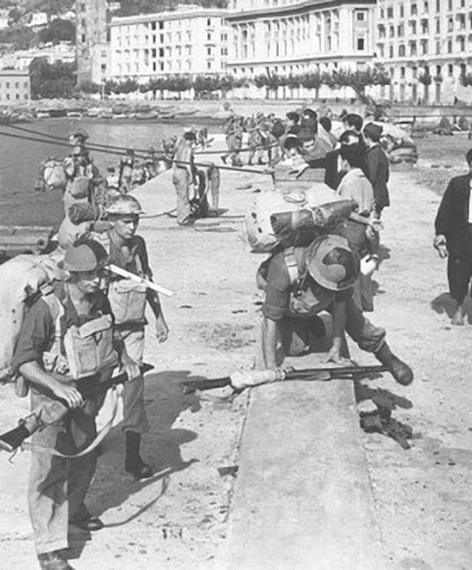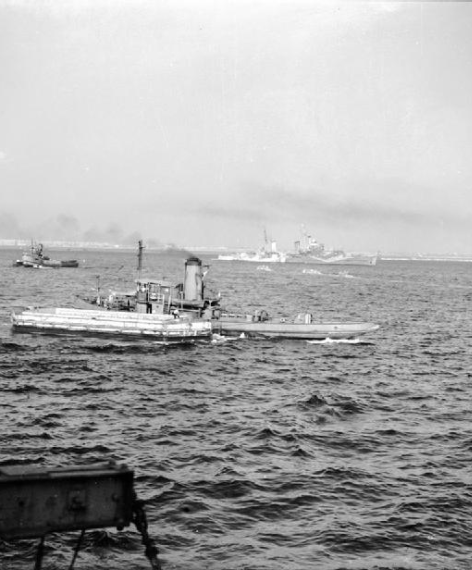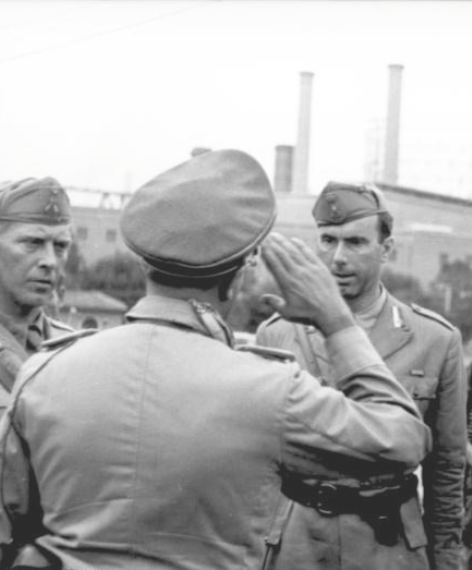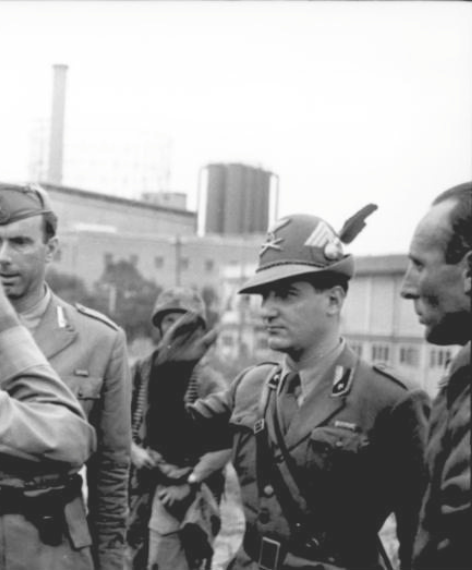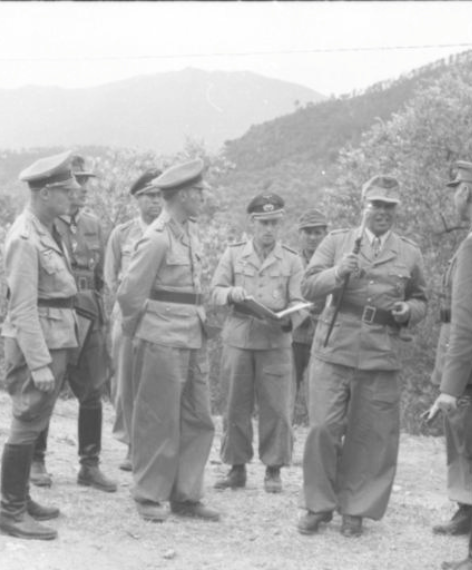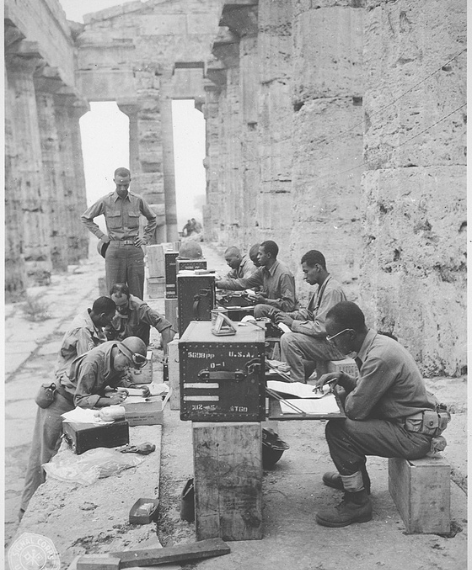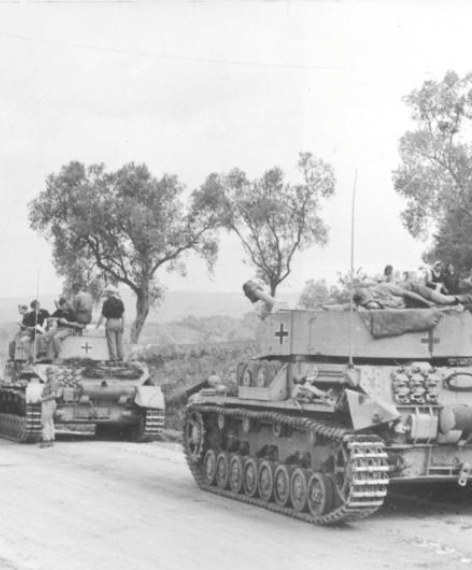On the morning of 9 September 1943, a frightening spectacle was offered to the people of Salerno: the sea was entirely covered by an enormous fleet. The soldiers land on the beaches north and south of Salerno, from the coast to Paestum. As expected, they meet German resistance: mines scattered on the ground, shots from the hills and the plain of the Sele attacked with tanks. The operation is by no means a walk in the park, but in the end, slowly, the allies manage to wrest ground from the Nazis and reach Naples, which in the meantime has already risen up against the occupiers. During these months of bombing and then with the landing many will be paying their tribute of blood and sacrifice themselves for the city. Among those, Don Felice Ventura, parish priest of Santa Margherita in Pastena, who refused to flee and chose to remain close to the faithful, finding death with them under a rain of bombs. Even the bishop Nicola Monterisi, with stoic heroism, decided to stay in the city and do as much as possible for the less fortunate.
Second World War
Landing of the allies
Historical Steps
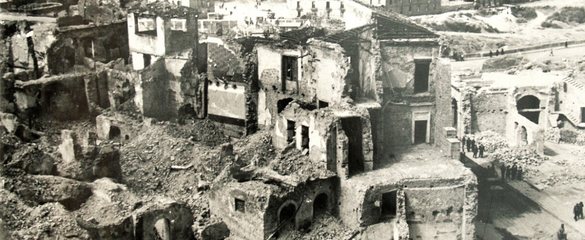
Bombs on Salerno
21 June 1943On June 21, 1943 Salerno undergoes the first real bombing by the allies. Whole areas of the historic center are destroyed and the dead, according to rough estimates, are around 200. From that day on, the displacement began. Those who can, try to escape to the neighboring countryside. Yet until then, the Salerno never thought of representing a crucial target for allied operations. The planes that flew over the city unloaded their bombs on Naples.
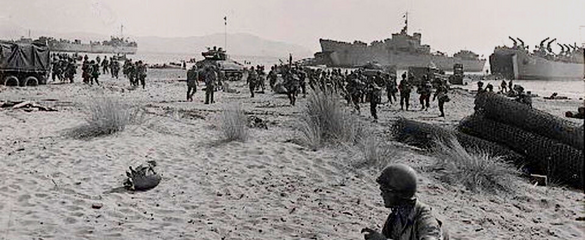
The Avalanche operation
9 September 1943From that fateful day the bombings continued until 8 September, when Badoglio announced the armistice. Meanwhile, the allies prepared the operations to land in Salerno, the most impressive amphibious operation, except for the landing in Normandy.
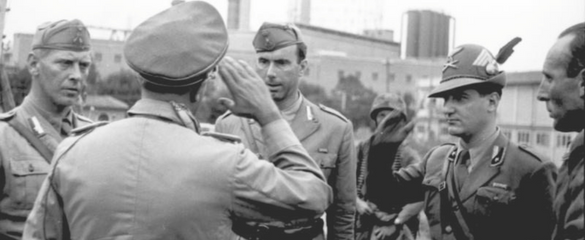
Salerno capital
11 February – 15 July 1944In the aftermath of the landing on 9 September 1943, Salerno was identified as the safest location for government work, which was established in the Marble Hall, formerly the seat of the Town Council, from February to July 1944. Among the big names who crossed the streets of the city we find Alcide De Gasperi, Benedetto Croce, Palmiro Togliatti. It is to the latter that we owe the so-called "turning point of Salerno" in reference to the decision of the Communist Party to put aside the conflicts with the other political forces, and to join a united front, which has the fight against fascism as its priority objective.
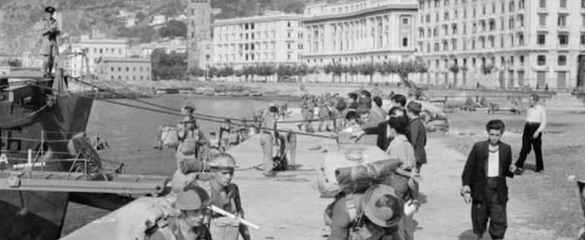
The Referendum
8 July 1944In the last official act of the Government of Salerno, approved unanimously and published in the Official Gazette of 8 July 1944, the idea of what will be the institutional Referendum of 1946 is conceived, which will lead to the participation in the vote also of women and to the proclamation of the Republic.

